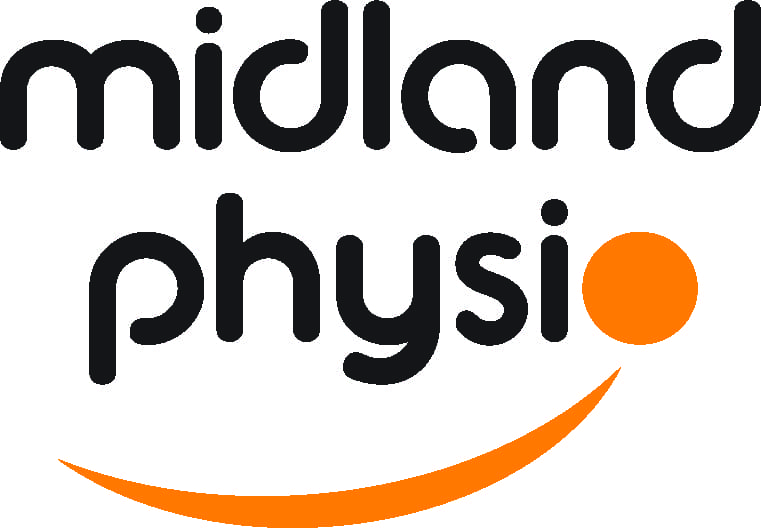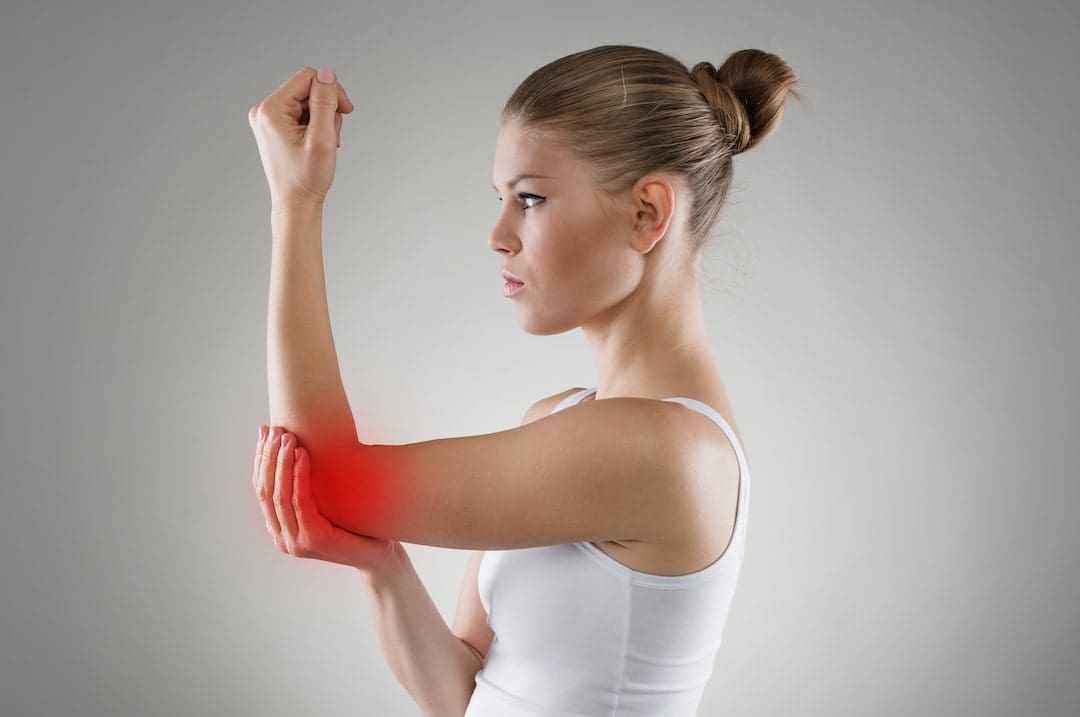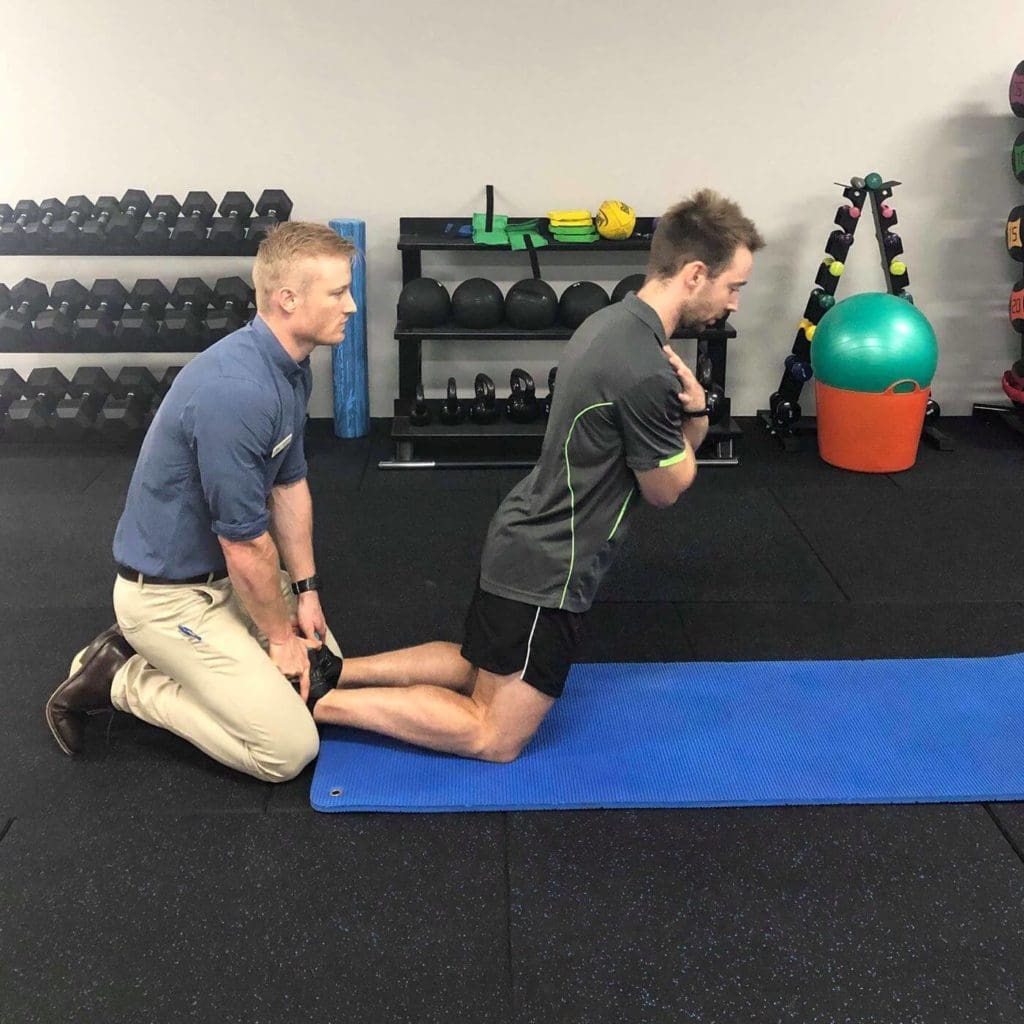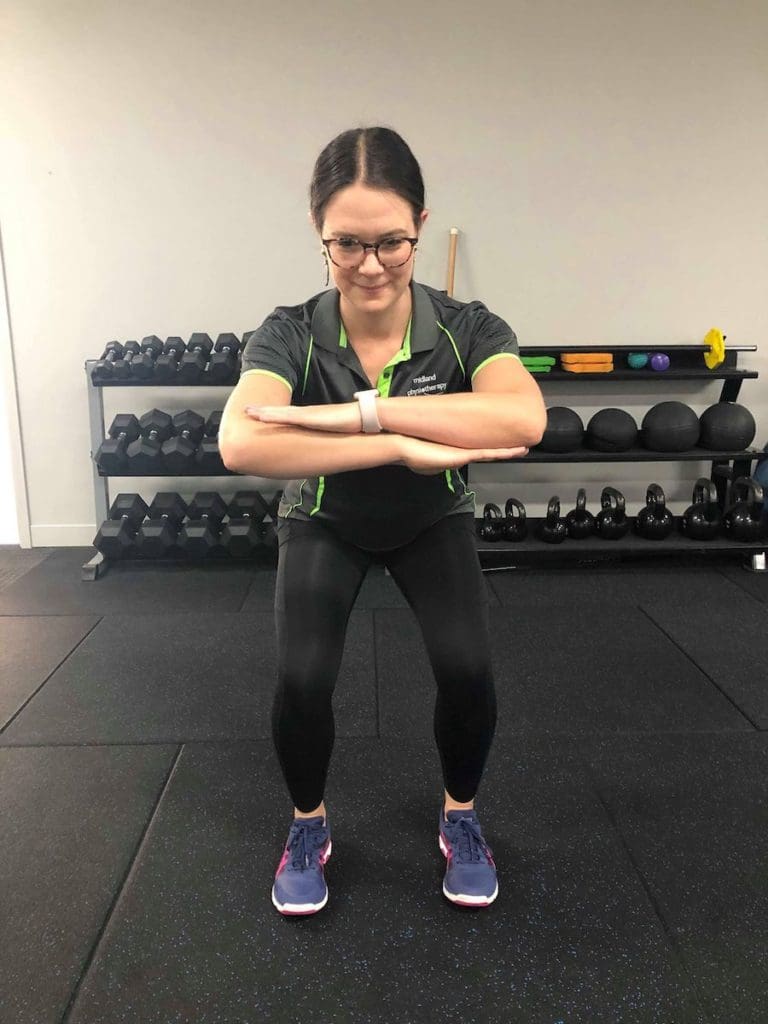Understanding SLAP Lesions: Causes, Symptoms, and How Physiotherapy Can Help Athletes
Shoulder injuries can be particularly problematic for athletes, affecting their performance and overall well-being. One common but often misunderstood shoulder injury is the SLAP lesion. In this blog, we’ll explore what SLAP lesions are, the common causes and symptoms, and how physiotherapy can play a crucial role in recovery and prevention, especially for athletes.
What is a SLAP Lesion?
A SLAP lesion (Superior Labrum Anterior and Posterior) is an injury to the labrum, the ring of cartilage that surrounds the socket of the shoulder joint. This type of injury is common among athletes who engage in repetitive overhead motions, such as baseball pitchers, swimmers, and weightlifters.
Common Causes of SLAP Lesions in Athletes
- Repetitive Overhead Movements: Sports that involve frequent overhead motions can place excessive stress on the shoulder, leading to labral tears.
- Trauma: A fall on an outstretched arm or a direct blow to the shoulder can cause a SLAP lesion.
- Sudden Pull: Experiencing a sudden pull on the shoulder, such as when lifting a heavy object or during a sudden, forceful movement in sports.
- Aging: Wear and tear over time, combined with athletic activities, can increase the risk of a SLAP lesion.
Symptoms to Watch For
- Deep Shoulder Pain: Often felt in the back of the shoulder, especially during overhead activities.
- Clicking or Popping Sensation: A feeling or sound of the shoulder catching during movement.
- Weakness: A noticeable reduction in shoulder strength, making it difficult to perform athletic activities.
- Decreased Range of Motion: Difficulty moving the shoulder through its full range, particularly during overhead movements.
- Instability: A sensation that the shoulder is slipping or not stable.
How Physiotherapy Can Help
Physiotherapy is essential in managing and recovering from SLAP lesions. Here’s how it benefits athletes:
- Comprehensive Assessment: A physiotherapist will conduct a detailed evaluation to understand the extent of the injury and its impact on your athletic performance.
- Pain Relief: Utilizing techniques like manual therapy, ice, and electrotherapy to manage pain and reduce inflammation.
- Strengthening and Stability Exercises: Customized exercises to strengthen the shoulder muscles, improve stability, and restore function. This is crucial for athletes to return to their sport safely.
- Range of Motion Exercises: Gentle exercises to enhance flexibility and ensure the shoulder can move freely without pain.
- Sport-Specific Training: Tailored programs that focus on the specific movements and demands of your sport, ensuring a safe return to activity.
- Preventive Strategies: Education on proper techniques and exercises to prevent re-injury, including advice on posture and ergonomics.
Why Early Intervention is Key
For athletes, early intervention is crucial to prevent a SLAP lesion from worsening and to avoid prolonged downtime from sports. A physiotherapist can provide immediate care and develop a tailored rehabilitation plan to get you back in the game as quickly and safely as possible.
Book an Appointment Today
If you’re an athlete experiencing shoulder pain or suspect you have a SLAP lesion, don’t delay in seeking help. Our physiotherapy practice in Perth specializes in sports injuries and is here to help you recover efficiently and effectively. Book an appointment with us today and take the first step towards getting back to your peak performance.




